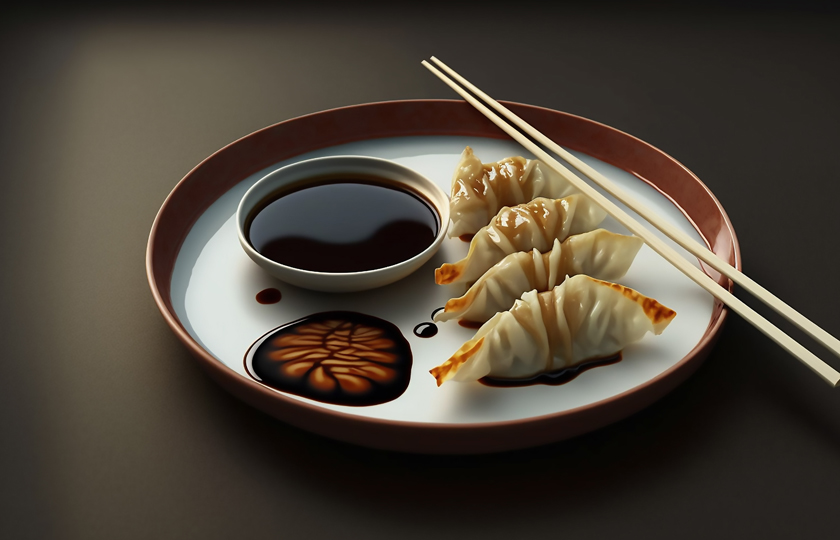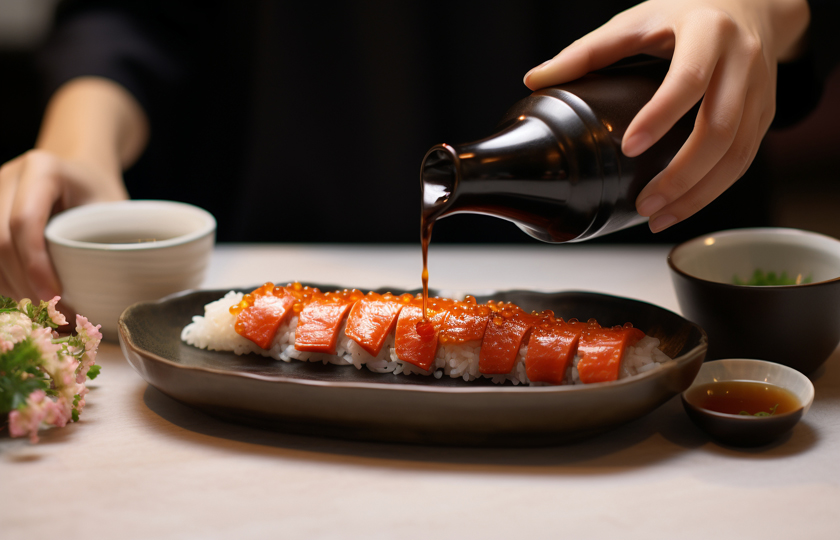Does Dark Soy Sauce Need to Be Refrigerated for Proper Storage
The dark soy sauce in the kitchen, as a commonly used condiment, always makes people struggle with its storage method. Some people say it needs to be refrigerated, while others say it's fine at room temperature. This is related to the quality and shelf life of dark soy sauce. So, how should it be stored?
Does dark soy sauce require refrigeration?
Dark soy sauce generally does not need to be refrigerated.
Dark soy sauce is a kind of soy sauce. Its salt content is relatively high, which has a certain inhibitory effect on microorganisms and can prevent soy sauce from spoiling. At normal indoor temperatures (generally around 15-25°C), dark soy sauce can be stored for a long time.
However, it should be noted that after using dark soy sauce, tighten the bottle cap to avoid long-term contact between dark soy sauce and air and prevent oxidation from affecting the flavor.
If the temperature in the area where you are is relatively high, such as being above 30°C for a long time in summer, or the environment is relatively humid, you can also put dark soy sauce in the refrigerator for refrigeration to extend the shelf life.
How long can dark soy sauce last without refrigeration?
Unopened dark soy sauce
In a cool and dry environment, unopened dark soy sauce can be stored for about 1-2 years.
Opened dark soy sauce
If it is opened dark soy sauce and properly stored at room temperature, it can generally be used for 6-12 months.
However, as time goes by, the color of dark soy sauce may deepen and the flavor may also change. This is mainly caused by oxidation reactions.
Does dark soy sauce expire after opening?
After dark soy sauce is opened, there will be a relatively short shelf life. Generally, it is recommended to use it up as soon as possible.
Because after being opened, it comes into contact with air, and possible contamination during use will cause the quality and taste of dark soy sauce to gradually change.
If it is left for too long or stored in poor conditions (such as high temperature and humidity), dark soy sauce may deteriorate. If there are situations such as turbidity, foam, mildew spots, and peculiar smell, it cannot be eaten.

How can you tell if dark soy sauce has gone bad?
Observe the color
High-quality dark soy sauce: It is brownish-black, bright and lustrous.
Spoiled dark soy sauce: The color becomes lighter, may be dull, without lustre, and even turn black.
Smell the odor
High-quality dark soy sauce: It has a rich soy sauce aroma and ester fragrance, without any unpleasant smell.
Spoiled dark soy sauce: It may emit an unpleasant smell, such as sour smell, musty smell or other peculiar smells.
Check the sediment
High-quality dark soy sauce: Clear without sediment.
Spoiled dark soy sauce: Sediment appears at the bottom of the bottle, which may be a sign of bacterial or mold growth.
Taste the flavor
High-quality dark soy sauce: Delicious taste, moderately salty and sweet, mellow and soft.
Spoiled dark soy sauce: Sour and astringent taste, may have a bitter taste or other bad tastes.
Observe the tightness of the bottle cap
High-quality dark soy sauce: The bottle cap is well sealed without leakage.
Spoiled dark soy sauce: The bottle cap is loose or there is leakage, which may cause air and bacteria to enter and accelerate spoilage.
Pay attention to the shelf life
The production date and shelf life of dark soy sauce are usually printed on the bottle body or bottle cap. First find these two dates. If the current date has exceeded the shelf life, then the dark soy sauce may have gone bad.
Can dark soy sauce still be used after it expires?
It is not recommended to eat expired dark soy sauce.
The flavor of expired dark soy sauce will deteriorate and the color may also change. Oxidation reaction and microbial action will make dark soy sauce lose its original soy sauce aroma and produce unpleasant odors such as sour and rancid. The taste will also be greatly reduced and cannot provide normal seasoning effect for dishes.
Moreover, expired dark soy sauce may breed harmful microorganisms, which is not good for health.
Should you use dark soy sauce or light soy sauce for fried rice?
Light soy sauce is better for fried rice.
Light soy sauce has a lighter color and is reddish-brown. It has a relatively lower salt content and a more delicious taste, containing more umami components such as amino acids.
When making fried rice, light soy sauce can add umami to the rice and make the grains of rice distinct and have a natural color.
For example, adding light soy sauce to egg fried rice, the fragrance of eggs and the umami of light soy sauce blend with each other, enhancing the overall taste of the fried rice.
On the other hand, dark soy sauce has a very deep color, a relatively high salt content and relatively fewer umami components.
If dark soy sauce is used in fried rice, it is very easy to make the color of the fried rice too deep, even black, and it may also make the fried rice too salty.

Which condiments need to be refrigerated?
Fermented seasonings
Fermented bean curd, fermented black beans, bean paste, fish sauce and shrimp paste, etc.
These seasonings introduce microorganisms during the fermentation process. If they are stored at room temperature after being opened, microorganisms will multiply rapidly and lead to spoilage.
Seasonings rich in protein
Oyster sauce, salad dressing, meat sauce, mayonnaise, peanut butter, etc.
These seasonings are rich in protein. When exposed to high temperatures or for a long time in the air, they are prone to the growth of bacteria and molds, leading to spoilage.
Seasonings high in fat
Sesame paste, peanut butter, chili sauce, salad dressing, etc.
These seasonings contain relatively high oil. At room temperature, they are prone to oxidation and produce a rancid taste, affecting the flavor and quality.
Semi-viscous seasonings
Tomato sauce, chili sauce, mayonnaise, etc.
These seasonings are between liquid and solid. They contain relatively high moisture and sugar, providing a growth environment for bacteria. They should be refrigerated after being opened.
























